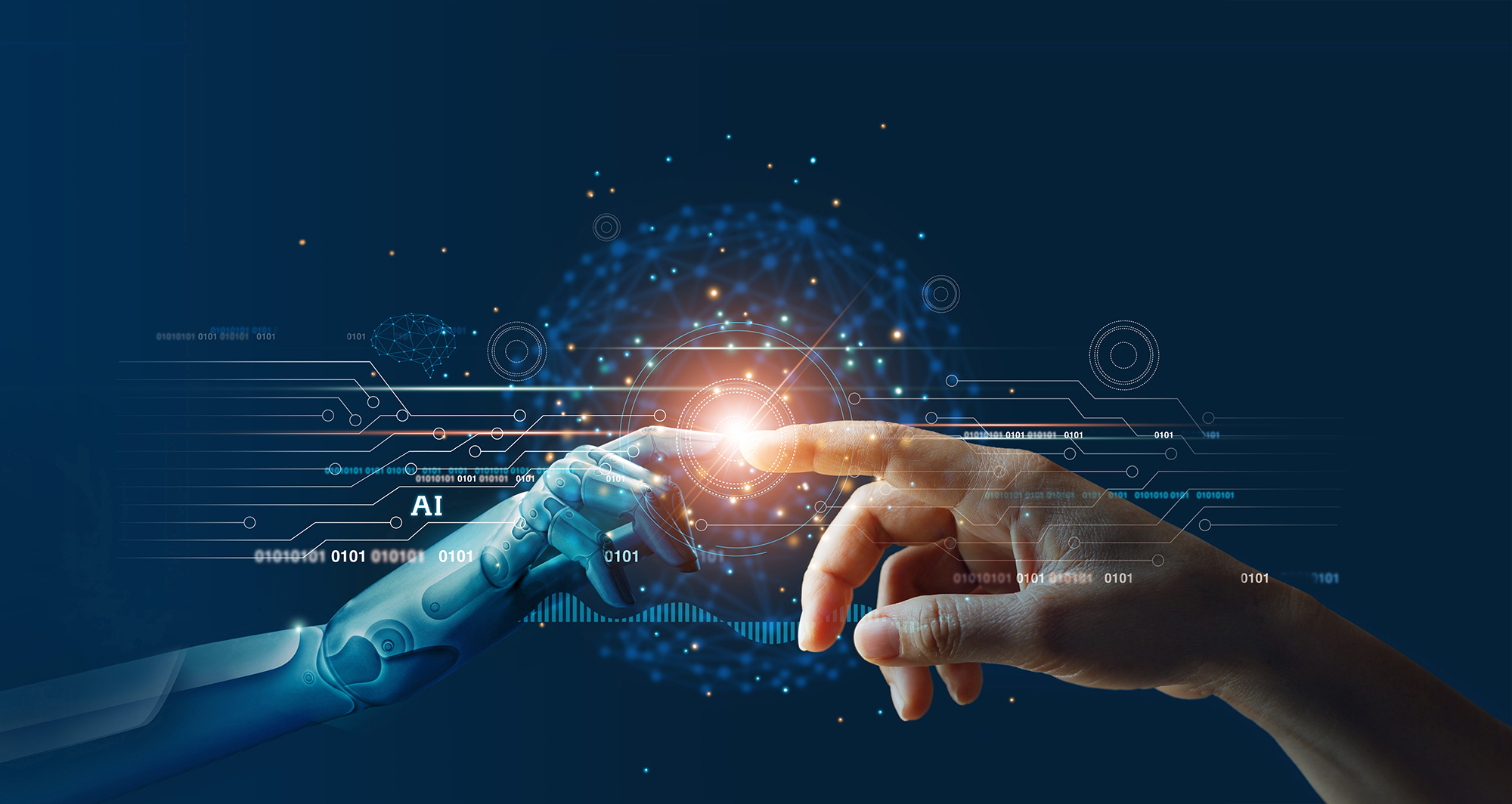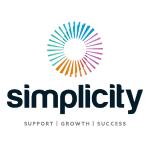Because AI can sort through large data sets, identify patterns, and predict a candidate's appropriateness, it is becoming an essential tool for modern recruiters. However, there are still obstacles associated with this technological breakthrough. The unintentional spread of biases is a major problem in AI-driven recruitment and can significantly negatively influence workplace equality and diversity.
This blog aims to provide recruiters with a thorough guide to help them navigate the complex world of artificial intelligence. The goal is to ensure a fair, unbiased, and effective personnel procurement process.
Recognising AI's Place in Contemporary Sourcing
AI is a key component of modern talent sourcing since it carefully examines large datasets, including online profiles, resumes, and other application materials. Finding possible applicants who closely match the job requirements is its main goal. Using machine learning methods, these AI systems can gain knowledge from the data they analyse. As such, they are adept at seeing trends and drawing well-informed conclusions from their research. This capacity is quite helpful in managing the large amount of data involved in hiring procedures and quickly finding the best candidates for a job.
However, there are obstacles to the effectiveness of AI in talent sourcing. One significant worry is the possibility that these systems will inherit and maintain the biases found in their training set. For example, there's a chance that the AI would keep giving preference to similar candidates if the past training data shows biases. One example of this would be a disproportionate representation of male applicants in leadership jobs. This happens because machine learning algorithms may mirror the prejudices embedded in the training data, which may learn to correlate leadership posts with male candidates. As a result, discriminatory hiring practices could result in the rejection of equally competent applicants based on their gender, colour, or other irrelevant characteristics unconnected to their qualifications.
To demonstrate this worry, researchers at Northeastern University in Boston found that job postings on Facebook disproportionately featured posts for cashiers that went to women and featured openings from a cab business that mostly attracted black viewers.
The Effect of Prejudice on AI-Powered Hiring
Bias in AI-driven hiring has long-reaching effects that go far beyond the unfortunate loss of opportunity for certain people. They may deprive companies of varied talent that is essential for promoting innovation and growth, which has an impact on the organisations themselves as well. Biased AI can promote echo chambers and team homogeneity, which stifle innovation and problem-solving skills. Even though some features of AI appear unbiased, the automated algorithms used to choose candidates may function in ways that are unclear to applicants, depriving them of possibilities beyond the AI's funnel.
The main issue is that companies rely too much on AI providers and have little understanding of AI to quickly handle large amounts of data. As a result, these techniques are frequently used without sufficient governance or monitoring. Although the intention might not be malevolent, there can be significant consequences when finding varied talent.
Techniques to Lessen AI Prejudice in Hiring
1. Various Training Information:
To reduce bias in decision-making, begin by training AI systems on inclusive and varied datasets that span a wide range of backgrounds and demographics.
2. Frequent Audits of Algorithms:
Identify and fix biases in AI systems by conducting regular audits. Work with neutral independent auditors specialising in AI ethics to provide unbiased evaluations.
3. Hiring Without Seeing:
Employ blind hiring strategies by eliminating all personally identifiable information from candidate profiles and concentrating only on the skills and qualifications.
4. Human Supervision:
Strike a balance between human judgement and AI automation; HR specialists adept at interpreting contextual cues should make the ultimate hiring decisions.
5. Instructional Plans:
Organise frequent training sessions for HR departments and AI developers to increase awareness of unconscious biases and practical mitigation techniques.
6. Adherence to the Law:
Ensure AI hiring tools abide by data privacy laws and anti-discrimination statutes to maintain justice and integrity.
7. Channels for Feedback:
Provide avenues for candidates to provide input so that potential biases in the hiring process can be found and fixed, allowing for ongoing development.
In summary
AI in sourcing has a lot of promise, but responsible and thoughtful applications are necessary for it to be used effectively. By identifying and mitigating potential prejudice, organisations may leverage AI to enhance their recruitment procedures and foster inclusivity and diversity within the workplace. The future of hiring depends on the successful fusion of artificial intelligence and human judgment. This combination can change the talent acquisition landscape when handled carefully.







